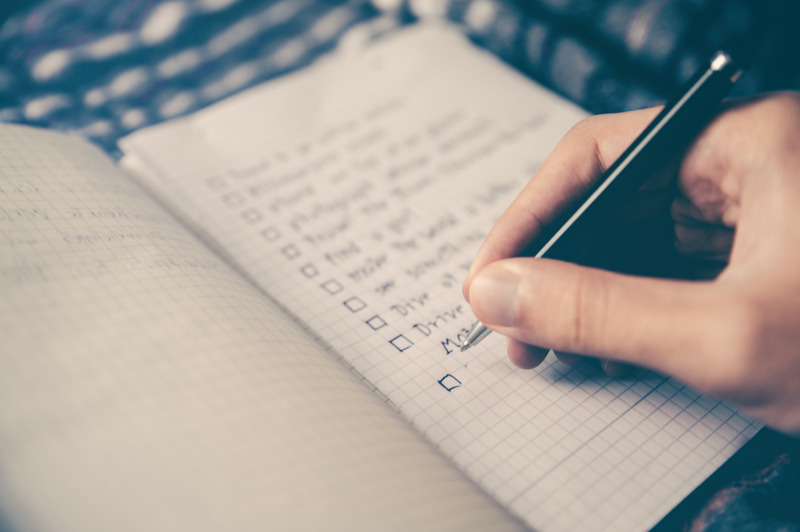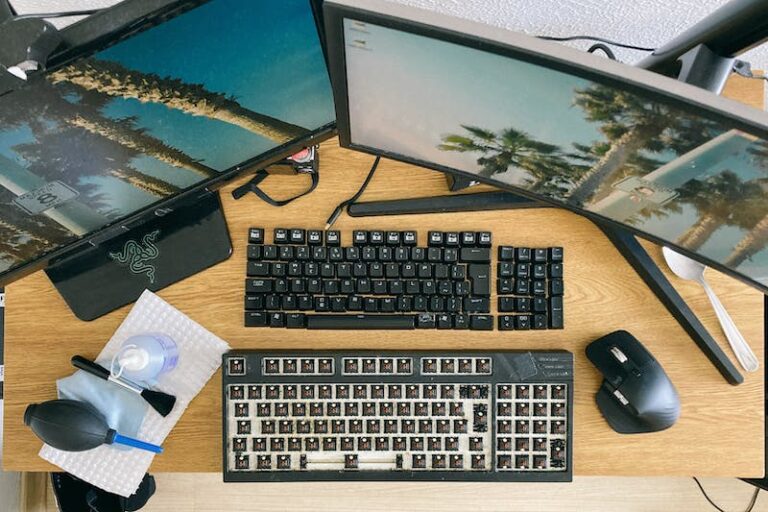Router Security Cheat Sheet

Protecting your PCs from hackers on the internet is a big concern. Keep your network router in check by following the below tasks.
✔ Update your Router firmware
✔ Change your Passwords
✔ Wi-Fi Security
✔ Disable Features
✔ Backup Router Configuration
Update your Router firmware
Your router runs software called firmware. This is loaded into your router by the manufacturer when the router is first made. As time passes, the manufacturer finds bugs or security vulnerabilities that require the firmware to be updated.
Enable automatic updates if your router has this option. You can also manually download the latest firmware file from the manufacturer’s website to update your router.
If the manufacturer is not providing firmware updates, then you should look for a new router.
Change your Passwords
There are two main passwords for your router.
- The first password is to the account that is used to log into the web interface of the router. This web page is to make changes to the configuration of the router. The default URL to the page is usually http://192.168.1.1/ or https://192.168.1.1/.
- The second password is for your Wi-Fi connection to your router. This password controls who can connect to your router through Wi-Fi.
Pick up your router and find the sticker that has the default usernames and passwords for both the admin login and Wi-Fi. You can try accessing your router with these accounts to see if the default passwords are being used. If it’s still using the defaults, then change your password. see more
Wi-Fi Security
The Wi-Fi security settings in your router will allow you to select different modes of security.
You can select the highest mode on your router, but you may need to verify that your Wi-Fi devices support this mode.
WPA2 (WPA2-Personal or WPA2-Enterprise) is the minimum setting your should use.
Disable UPnP & Remote Admin Access
Universal Plug and Play was a feature that allowed gaming systems (Console or PC) to automatically open network ports through your firewall/router. This made it really convenient because you didn’t have to manually configure port forwarding in the router. But multiple vulnerabilities were found in the UPnP feature. If your router has this feature, turn it off.
Another feature is remote admin access. Remember that https://192.168.1.1/ address, well remote admin access allows anyone on the internet to get access to the login page of your router. You don’t want this. Even if you’ve changed the password, it’s best only to have access to this page from your home.
Backup Router Configuration
Once you’ve set up all the settings on your router, you can create a backup configuration file. This will help when you want to restore the settings back to a known good state. You will also want to have this backup configuration file if you ever needed to reset your router. You would be able to recover all your settings with a simple restore.



